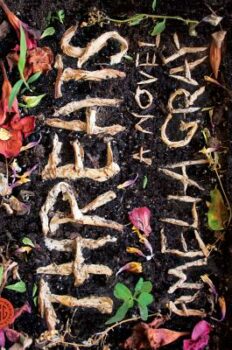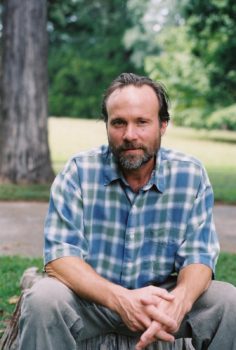Throw It Out and Start Again: An Interview with Manil Suri
by Nawaaz Ahmed
From the Archives: Manil Suri gets into the nitty-gritty of novel writing—throwing out hundreds of pages, rewriting histories, and choosing between plot and character—with Nawaaz Ahmed.






























